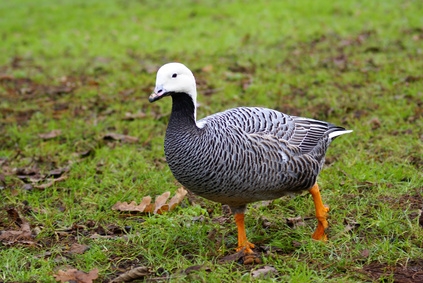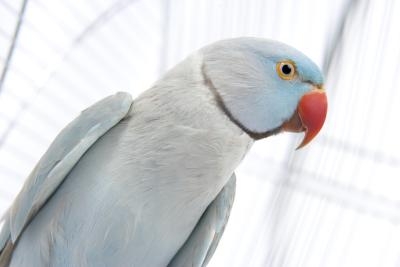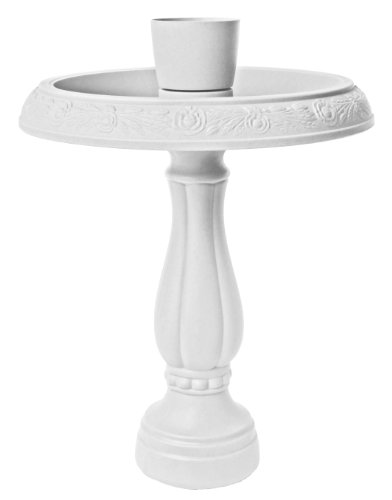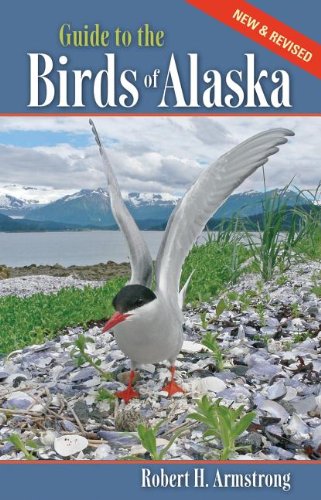
How to Make Bird Toys. Birds are playful and full of curiosity. They enjoy new and exciting things to play with. Some of the larger birds are rough on their toys, and it may become quite expensive to keep them in supply. You can make your own bird toys if you keep a few safety guidelines in mind.
Design toys that are suitable for the size of your bird. A parrot or macaw requires a larger, sturdier toy than a smaller bird, such as a parakeet. The larger birds are much more destructive and can snap a twig or chew through a piece of wood in no time.
Remember safety when deciding on the materials to use for your bird toys. Use all natural, untreated sisal and cotton when making ropes and 100 percent natural rawhide strips to hang your toys in the cage. If you use beads, be sure they are large enough your bird can't choke on them and are strong enough to not crack or splinter easily.
Make wooden blocks out of fir, apple, dogwood, elm or another soft wood. Hard wood, such as oak, is not a safe choice because of the possibility of splintering. You can make blocks by cutting a 2 by 2 inch strip of soft wood into sections and drilling a hole through the center for hanging. These, when combined with beads or rawhide and strung with sisal, make a fun climbing toy for a small bird or a chew toy for a larger bird.
Have a variety of acrylic, Marbella plastic or non-toxic wooden beads, bells, rawhide and blocks on hand to design your bird toys. Vegetable food coloring or Kool-Aid is a safe way to color your natural wooden blocks. When choosing bells, avoid the jingle bell variety because of the danger of a beak or foot being caught in the slits and make sure they are not zinc-plated or galvanized
Hang bird toys with stainless steel quick link hooks instead of key rings or paper clips. Split key rings can pose a hazard if your bird catches his beak or feet in them. Avoid zinc-plated or galvanized links or chains as these metals can be harmful if ingested by your bird. Only use chains that have solid welds and a smooth surface.
Maintain all of your bird's toys. Check them frequently for chips and cracks that their feet or beak might get caught in. Keep frayed areas of cotton rope and sisal trimmed and remove damaged toys before they become a safety hazard. The best part about making your own bird toys is that you can monitor the materials that you expose your bird to and you can easily have replacements on hand when you need them.
 Northern California Bird Identification
Northern California Bird Identification
Northern California Bird Identification
Northern California Bird Identification
 How Do I Know If My Bird Has Mites?
How Do I Know If My Bird Has Mites?
Ho
How Do I Know If My Bird Has Mites?
How Do I Know If My Bird Has Mites?
Ho
 Perfect Travel Destinations With Travellers Aged In Excess Of 80
Person stage is a persons age when oldies have all their t
Perfect Travel Destinations With Travellers Aged In Excess Of 80
Person stage is a persons age when oldies have all their t
 How to Setup Your Aviary and Manage Your Birds
Organizing your AviaryAt las
How to Setup Your Aviary and Manage Your Birds
Organizing your AviaryAt las
 Alaska State Bird
Willow Ptarmigan - The Bird
Alaska State Bird
Willow Ptarmigan - The Bird
Copyright © 2005-2016 Pet Information All Rights Reserved
Contact us: www162date@outlook.com